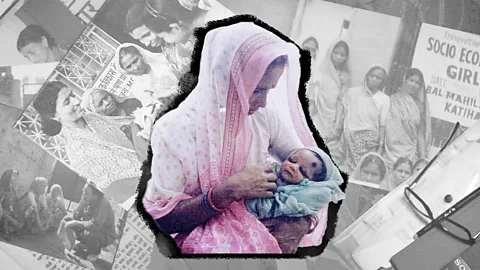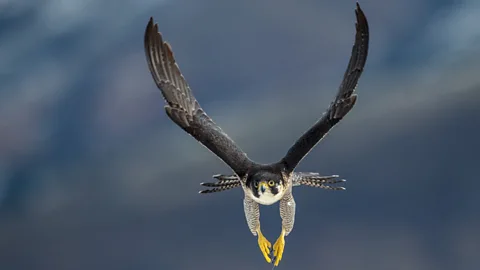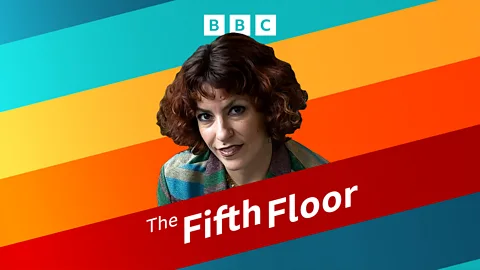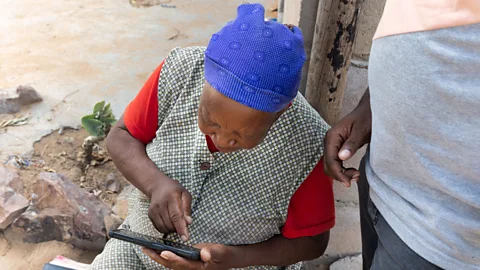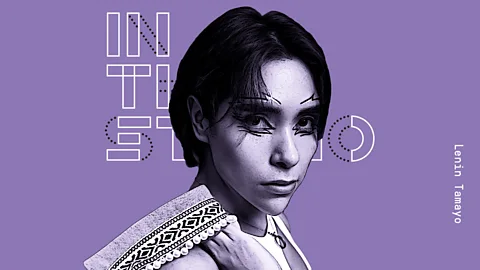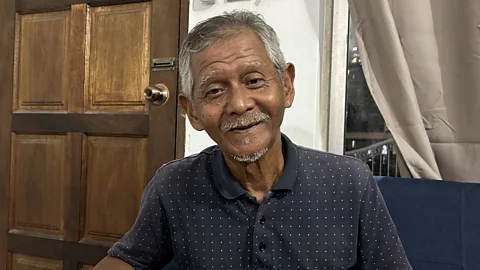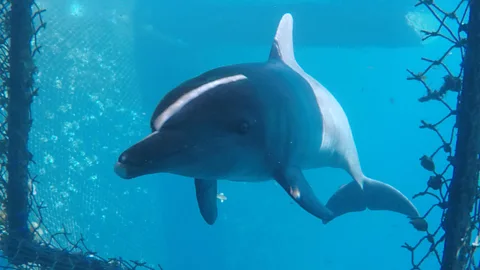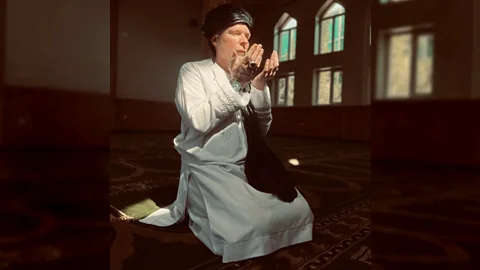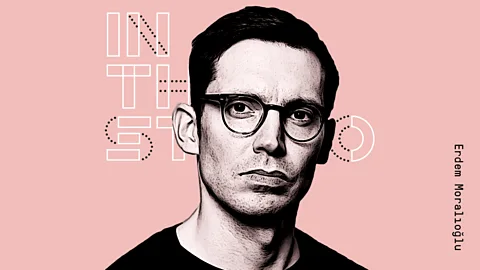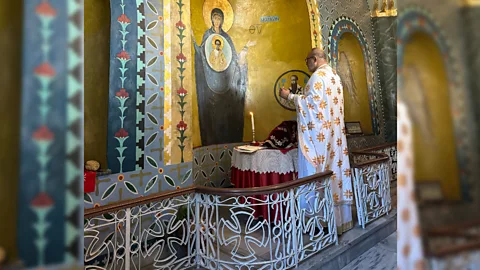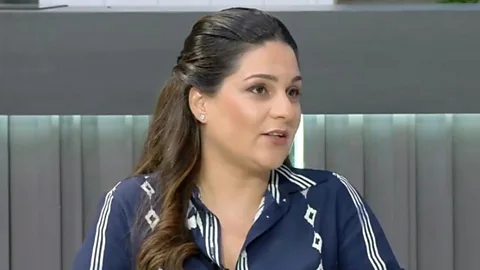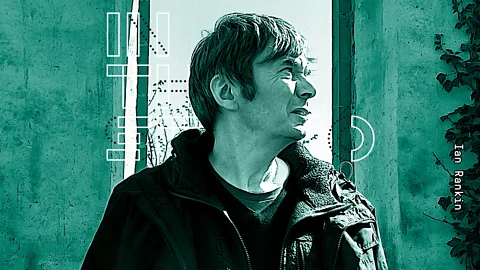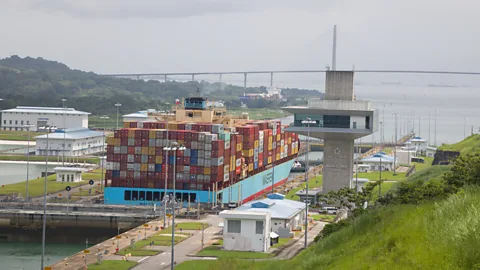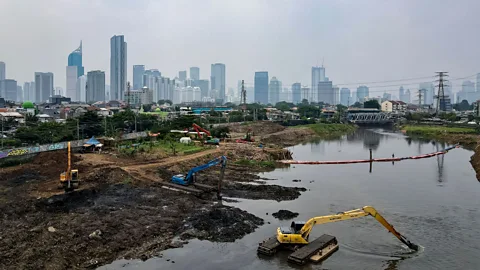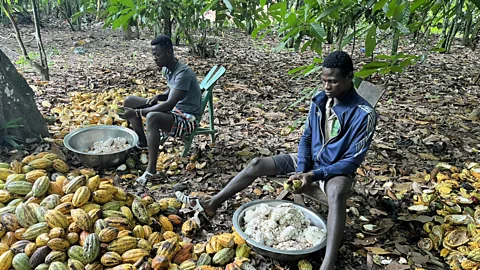
The Documentary Podcast
Assignment: Ivory Coast's cocoa crisis
Up next
September 10, 2024
29 minutes
Available for over a year
From the journey from cocoa to chocolate in Ivory Coast. The price of cocoa - the essential ingredient in chocolate - has more than quadrupled on the international market in the last two years. Yet many of those growing it have not benefitted. In fact, drought, disease and a lack of investment have led to catastrophic harvests and, therefore, a drop in income for many small producers of cocoa, especially in Ivory Coast. This West African country is the world’s largest producer of cocoa - up to 45% of the world’s total. Most of the growers are small-scale, poor farmers. There are now calls for these growers to get a bigger chunk of the chocolate bar and, in so doing, to help ensure future production. John Murphy travels to Ivory Coast to delve into the world of chocolate production.

